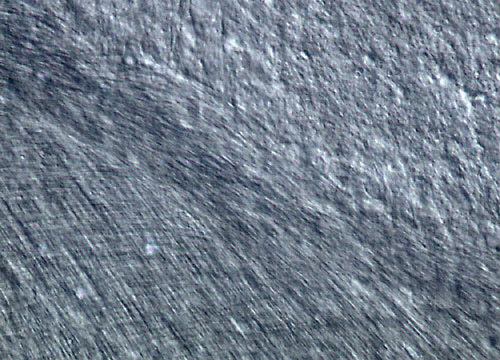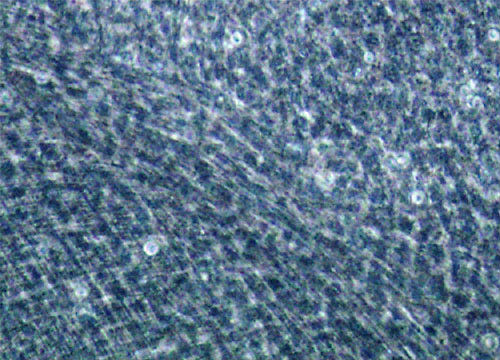Chick Embryo Retina
Composed of many layers, the retina of humans and most vertebrates contains a stratum of rods and cones, the photosensitive cells of the eye. Rods are elongate and are responsible for perceiving the basics of a visual image, such as size, shape, and intensity. Cones, on the other hand, are shorter than rods and can perceive color and subtle detail. They are also less sensitive to light than rod cells and are significantly less numerous.
 DIC
DIC
 Phase
Phase
Phase
Composed of many layers, the retina of humans and most vertebrates contains a stratum of rods and cones, the photosensitive cells of the eye. Rods are elongate and are responsible for perceiving the basics of a visual image, such as size, shape, and intensity. Cones, on the other hand, are shorter than rods and can perceive color and subtle detail. They are also less sensitive to light than rod cells and are significantly less numerous.
DIC
As one of the most simply structured parts of the central nervous system and because it is located accessibly outside the skull, the retina is often used in experiments. Since studies on humans, however, are generally not possible or practical, other animals are frequently exploited. The chick embryo is often a prime choice because it is a higher vertebrate that can easily be manipulated and observed during the entire process of embryonic growth through the use of eggs with a window in the shell or even eggshell free cultures.













